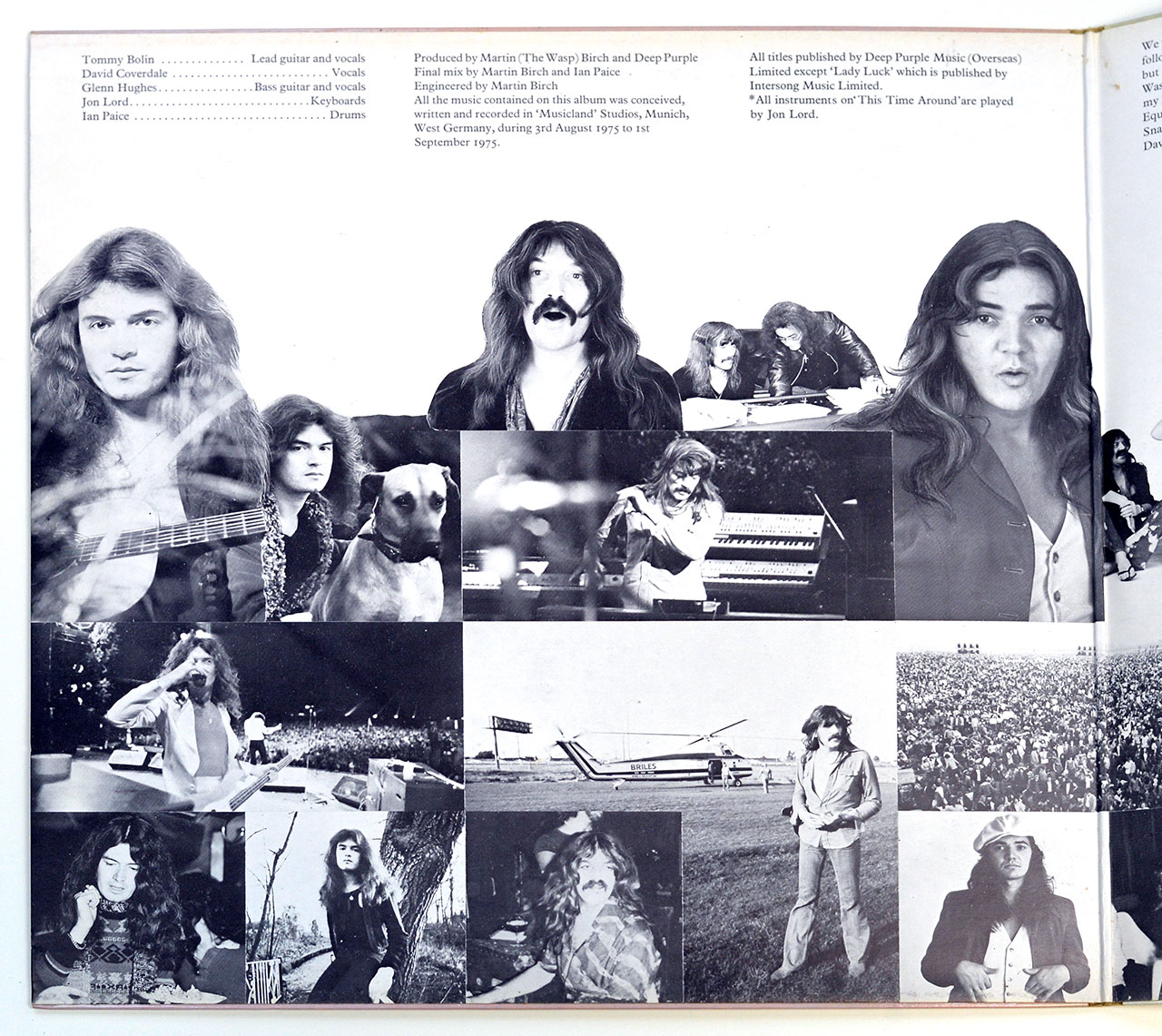
In November 1975, Deep Purple released “Come Taste The Band,” their only album featuring American guitarist Tommy Bolin. This funk-infused masterpiece, born from turmoil and creativity, has become a classic.
Ritchie Blackmore’s Departure
The Mk III lineup’s final performance with Ritchie Blackmore was on April 7, 1975, in Paris. Blackmore’s dissatisfaction with the band’s direction had been evident, and his exit was inevitable.
Enter Tommy Bolin
In June 1975, Bolin arrived in Hollywood, impressing David Coverdale, Glenn Hughes and Jon Lord with his exotic style and charisma. His geisha boots, colorful hair and striking companion captivated the band.
Recording in Munich
At Musicland Studios, beneath the Arabella Hotel, the band faced intense pressure. Bolin’s substance abuse issues surfaced, and Hughes experienced a devastating meltdown.
Cocaine Psychosis and Creative Chaos
Hughes recalls: “Tommy had a stash of cocaine. I dipped into it, felt guilty, and returned it. Then, I had a meltdown – cocaine psychosis, similar to paranoid schizophrenia.” Jon Lord noted: “Everybody sniffed coke back then. Glenn and Tommy were on a downward spiral.”
Demons and Distractions
Hughes’ addiction led to erratic behavior, prompting his temporary departure. Coverdale admits: “My distractions were physical, different from Glenn’s.” The album was 80% complete when Hughes left.
Overcoming Adversity
Bolin filled in on bass, and Coverdale covered vocals. Despite challenges, “Come Taste The Band” emerged, showcasing Bolin’s talent and Deep Purple’s resilience.
Legacy and Reflection
In 2010, Coverdale, Hughes and Lord reflected on the album’s creation. Hughes acknowledged his struggles, while Lord remembered Bolin’s captivating presence. Coverdale praised the album’s uniqueness.
Conclusion
“Come Taste The Band” stands as testament to Deep Purple’s adaptability and creativity amidst turmoil. This funky masterpiece has earned its place alongside the band’s iconic works.